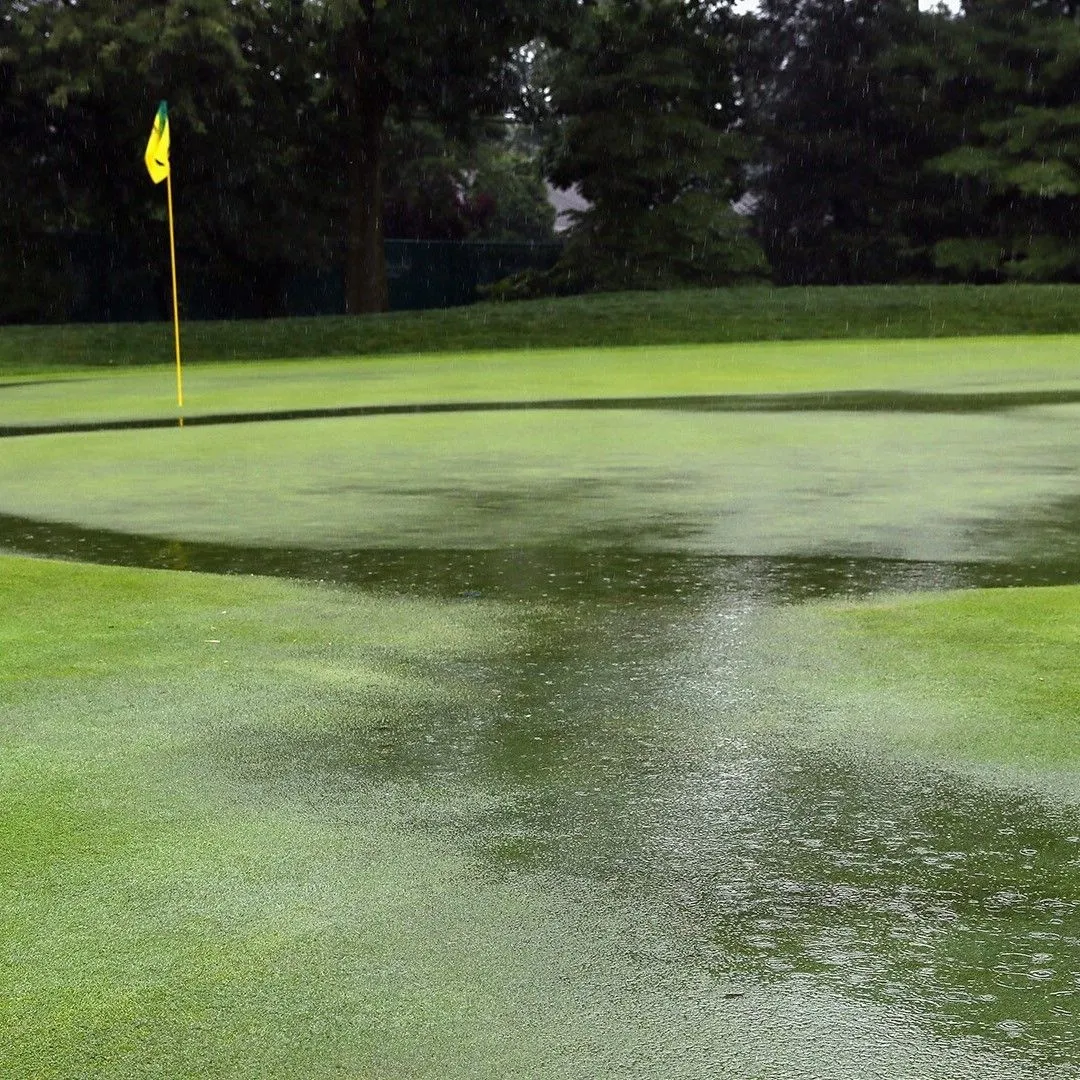How to fix a waterlogged lawn
Home / Lawn Guides / How to fix a waterlogged lawn

How to fix a waterlogged lawn
Boggy, waterlogged lawn?
Excessive moisture can lead to reduced turf quality, poor drainage, and the development of moss and weeds. However, with proper techniques and strategies, mitigating and reducing boggy soil conditions is possible, allowing your turf to thrive.
Understanding the composition of your soil is vital in tackling boggy conditions. Soils with high clay content hold water, whereas sandy soils drain more quickly. A soil test can provide valuable insights into the soil’s characteristics and help you determine the appropriate amendments.
What products can help?
Clay soil can be challenging since clay has tiny particles that tend to compact and retain water. NZLA Aerate is a specially-designed soil conditioner developed to improve the ratios of air and water in the soil, allowing plants to take in more water, ensuring proper drainage, and improving ground stability. NZLA Aerate optimises air:water ratios in the soil. The molecules are attracted to the clay and silt particles, making the soil more stable and allowing for more space between the particles. This extra space helps water get to plant roots more easily and ensures that excess water can drain away from the top layer of soil.
Another great product from our range is NZLA Penetrate is a top of the range soil penetrant developed to release water from the turf surface and accelerate its movement through the soil profile. In doing so, NZLA Penetrate speeds soil dry-down and is designed to drive water downward off the soil surface to create a playable surface quicker. NZLA Penetrate can be tank mixed with NZLA Aerate when the soil profile has clay and silt properties.
Enhance soil drainage
Improving soil drainage is key to reducing boggy conditions. Here are some methods to enhance drainage:
- Aeration: Core aeration involves removing small plugs of soil from the turf, creating channels that facilitate air and water movement. Aeration relieves soil compaction and allows excess water to escape, preventing boggy conditions. Repeat this process annually, focusing on problem areas.
- Surface Grading: Poorly graded lawns can contribute to water pooling and boggy soil. Adjusting the surface grade by adding or removing soil can redirect water flow and promote drainage. A gradual slope away from buildings and other structures is ideal.
- Install Drainage Systems: In severe cases where natural drainage is inadequate, installing subsurface drainage systems can be a viable solution. French drains or perforated pipes installed beneath the turf can effectively channel excess water away from the surface.
Improve surface conditions
The surface conditions of the turf can also impact soil drainage. Here are a few measures to consider:
- Topdressing: Applying a thin layer of sand, compost, or a sand-soil mixture to the turf surface can improve drainage. Topdressing fills in low areas and creates a smoother surface, allowing water to flow more freely.
- Avoid heavy traffic: Minimise foot traffic and heavy machinery over clay soil, as compaction can exacerbate drainage issues. Use stepping stones or walkways to direct traffic and protect the soil
Manage watering practices
Proper watering practices play a significant role in reducing boggy soil conditions. Overwatering can saturate the soil, leading to poor drainage. Follow these guidelines to optimise water usage:
Water Deeply and Infrequently: Instead of frequent shallow watering, which encourages shallow root growth and waterlogging, water deeply but infrequently. This promotes deep root development and encourages the turf to become more resilient to drought conditions. See our lawn guides on watering your lawn.
Monitor Irrigation: Install a rain gauge or a moisture sensor to monitor soil moisture levels accurately. Adjust irrigation schedules based on weather conditions and the turf’s water requirements, ensuring you are not overwatering.